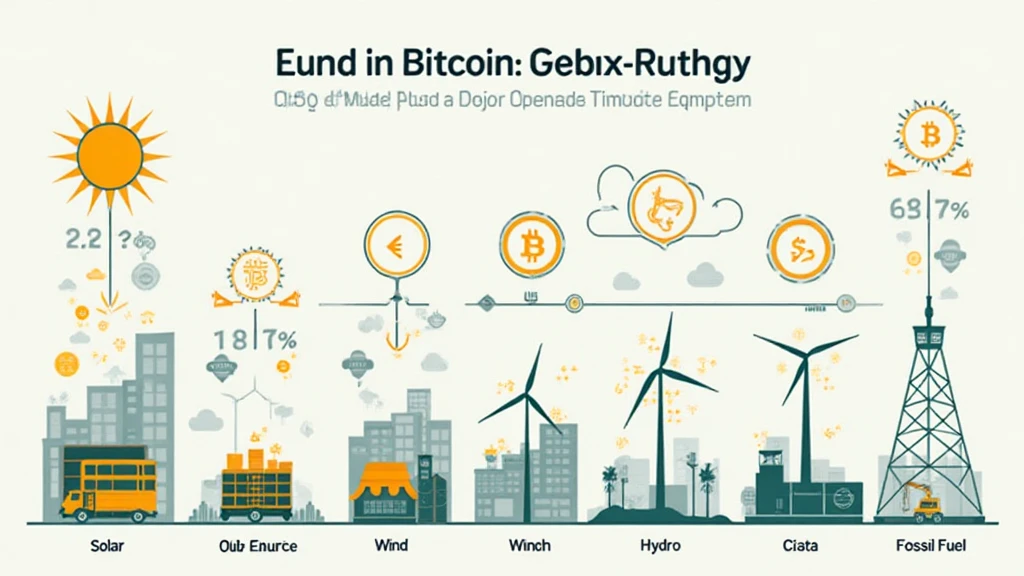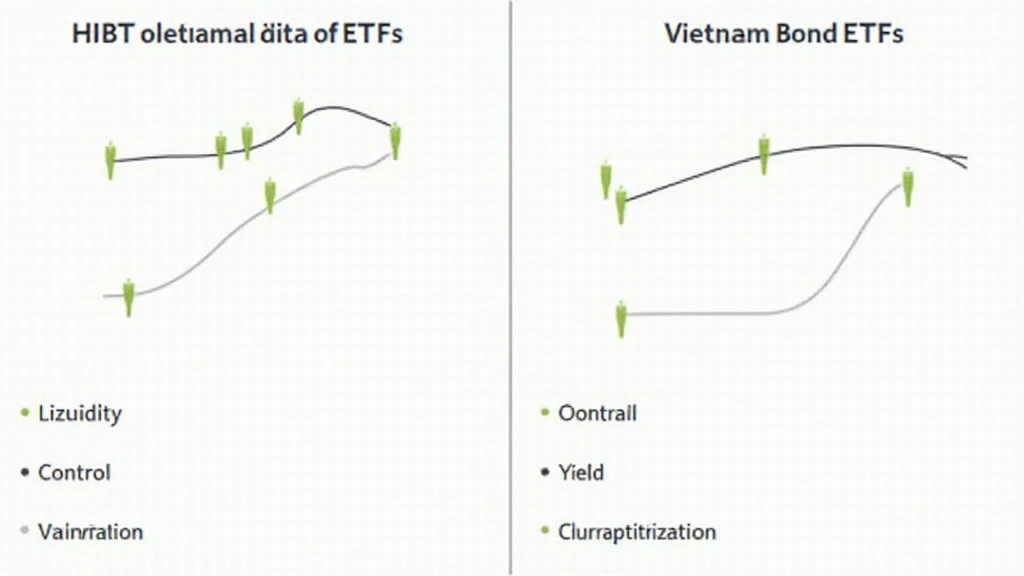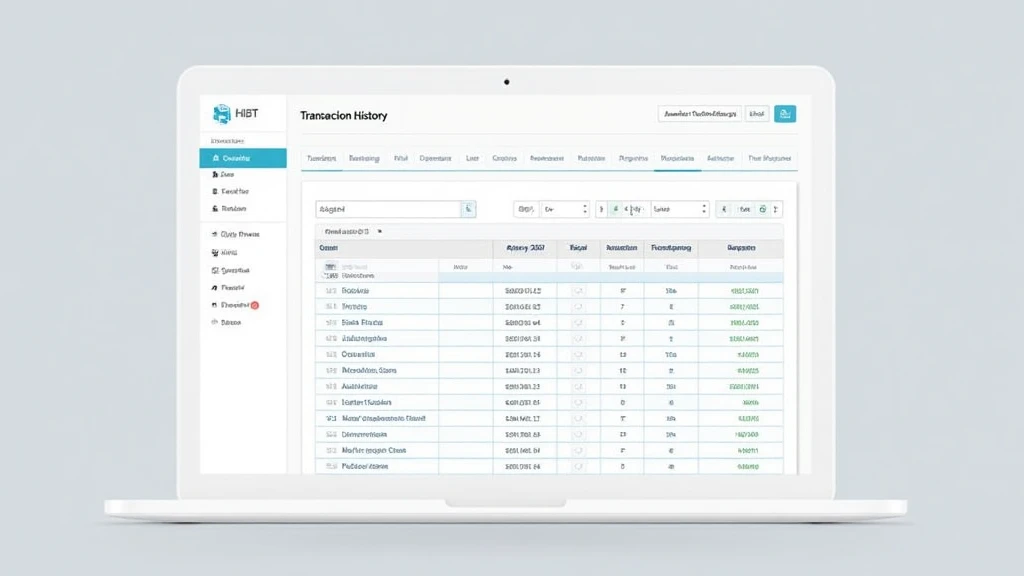The Growing Bitcoin Mining Industry
With Bitcoin surpassing a market capitalization of over $800 billion in 2024, its energy consumption has become a hot topic. Bitcoin mining consumes over 130 terawatt-hours (TWh) annually, leading many to question the sustainability of this process. This discussion is further amplified by the increasing global focus on renewable energy amidst climate change concerns.
Understanding Bitcoin Mining Energy Consumption
Bitcoin mining involves solving complex mathematical problems to validate transactions on the blockchain. Miners use high-performance hardware stacks that require substantial amounts of electricity. According to Hibt.com, the energy usage of Bitcoin mining equals that of the entire country of Argentina, which underscores the vast energy demands of sustaining blockchain operations.
Energy Sources for Bitcoin Mining
Bitcoin mining can harness various energy sources, each with its own environmental implications. Let’s break them down:

- Fossil Fuels: The primary energy source for Bitcoin mining is still fossil fuels, such as coal and natural gas. This trend, however, is becoming less favorable due to the high carbon footprint associated with fossil fuel consumption.
- Renewable Energy: Solar, wind, and hydroelectric power are increasingly utilized in Bitcoin mining, especially in regions rich in natural resources. For instance, using hydropower in regions like Sichuan, China, allows miners to tap into nearby rivers during the rainy season, drastically reducing electricity costs.
- Nuclear Energy: In specific locales, such as parts of France and the U.S., miners are turning toward nuclear energy, a low-carbon option that produces vast amounts of energy with minimal emissions.
- Geothermal Energy: Regions with geothermal activity, like Iceland, offer another clean energy source for Bitcoin miners, harnessing the heat from beneath the Earth’s surface.
The Impact of Energy Sources on Mining Efficiency
The choice of energy source directly affects the efficiency and profitability of Bitcoin mining operations. Here’s how:
- Cost Efficiency: Regions with low electricity costs attract miners, influencing their energy choices. Renewable sources generally provide more stable and often cheaper energy.
- Regulatory Compliance: As governments increasingly enforce regulations concerning carbon emissions, miners may face challenges if relying on fossil fuels.
- Public Awareness: Growing vocal concern from environmental groups has led some miners to switch to cleaner sources of energy.
Local Market Impact: Vietnam’s Crypto Landscape
In Vietnam, the crypto market has experienced dynamic growth, with a reported 300% increase in crypto users in 2024 alone. This surge has implications for the local Bitcoin mining scene, as miners in Vietnam explore effective energy sources to enhance profitability while minimizing environmental impact.
Vietnam’s expansive rivers and increasing investments in renewable energy could be pivotal in shaping sustainable mining practices in this region.
Vietnamese Renewable Energy Initiatives
The Vietnamese government is reportedly investing more heavily in renewable energy, aiming for 30% of energy generation from renewables by 2030. This effort aligns with the global trend towards sustainability in energy consumption.
Future Trends in Bitcoin Mining and Energy Consumption
Every industry evolves, including Bitcoin mining. As we move towards 2025, we anticipate a shift in the mining landscape regarding energy sources:
- Better Mining Hardware: Innovations in mining hardware will enhance energy efficiency, requiring less power for the same amount of work.
- Policies Favoring Renewables: Governments could incentivize Bitcoin mining operations that utilize renewable energy sources.
- Integration with Energy Grids: Miners might increasingly become integrated into local energy grids, providing a buffer during peak demand times.
Challenges and Solutions in Bitcoin Mining Energy Sources
Despite the progress in integrating renewables into Bitcoin mining, significant challenges remain:
- Infrastructure Limitations: Some regions lack the infrastructure for adequately harnessing renewable energy resources for substantial mining operations.
- Market Volatility: Fluctuations in Bitcoin prices influence miners’ willingness to invest in cleaner, albeit potentially more costly energy solutions.
- Long-Term Sustainability: There’s a continual need for dialogue about the long-term sustainability of Bitcoin mining amid increasing regulatory scrutiny and public concern.
Conclusion: A Call for Sustainable Practices
As we continue to witness staggering growth in Bitcoin mining, the industry must prioritize sourcing energy sustainably. Shifting to renewable sources not only responds to environmental needs but could also enhance profitability and ensure compliance with future regulations.
Sustainable energy practices not only support Bitcoin mining’s longevity but also bolster the industry’s reputation, crucial for retaining and attracting investment. The road ahead will require collaboration, intervention, and innovation, paving the way for a greener Bitcoin ecosystem.
In the dynamic world of blockchain, adhering to the principles of sustainability and ethics is imperative. Whether you’re a seasoned miner or a potential investor, recognizing the importance of energy sources in Bitcoin mining can help secure a more sustainable future for us all.





